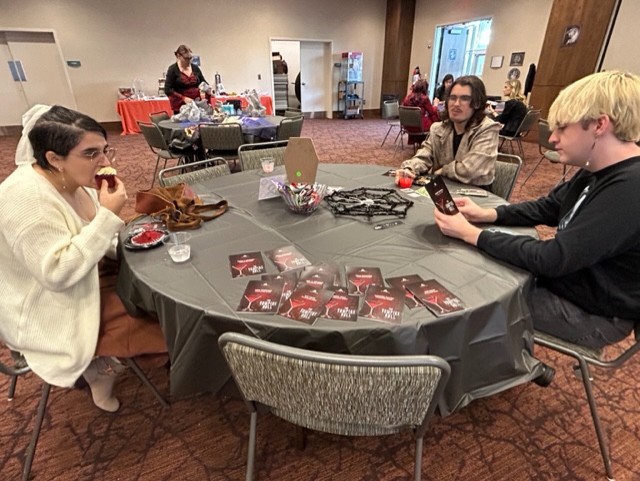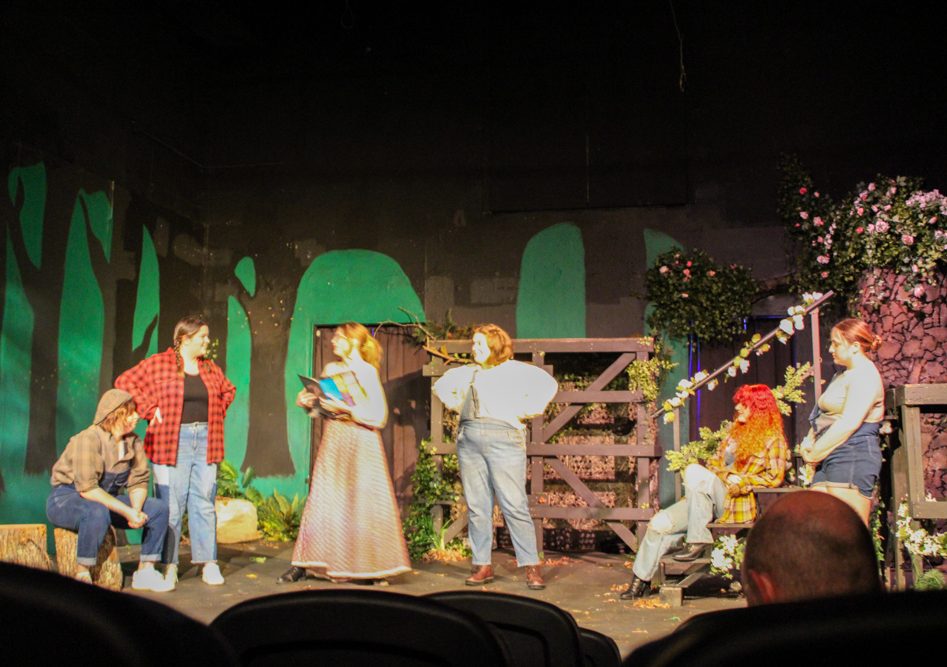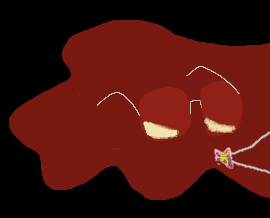Bloodstained: Ritual of the Night” delivers nostalgia
October 29, 2019
Anyone looking for a nostalgic gaming experience need look no further than Bloodstained: Ritual of the Night. The game, which was released in June of this year, is a loving return to the “Metroidvania” adventure games of the late 1990s and early 2000s. Although the story is a bit cliché, the gameplay and gorgeous Victorian Gothic-inspired aesthetic make Bloodstained: Ritual of the Night a perfect Halloween treat for any fan of the adventure game genre.
The game was written and produced by Koji Igarashi, who established the Metroidvania sub-genre with his work on 1997’s Castlevania: Symphony of the Night. In May 2015, Igarashi launched a Kickstarter campaign to fund a spiritual sequel to that title. In his pitch video, Igarashi expressed a desire to return to the genre he helped create. True to his word, Bloodstained: Ritual of the Night perfectly captures the atmosphere and gameplay of a late 1990s adventure game.
The gameplay combines platforming with RPG elements, including a variety of weapons and power-ups, which keep things feeling fresh. Defeating enemies allows the player to unlock new skills, some of which are necessary to progress further into the game. Players who are familiar with this style of adventure game will slip into the gameplay with ease. Bloodstained: Ritual of the Night is incredibly atmospheric, in part due to its art style. Like Castlevania: Symphony of the Night, the game takes visual inspiration both from Gothic art and literature and from anime. Despite its Gothic themes, the game has a variety of colorful environments, proving that there is more to Gothic style than dark colors and dusty castles. Unfortunately, the game’s story doesn’t shine quite as brightly as its gameplay or its aesthetics.
The story, like the gameplay, will feel very familiar to any experienced gamer, and at times feels downright cliche. All of the major characters fall into standard adventure game tropes: the stoic protagonist, the alchemist companion, the tortured, brooding antagonist, etc. The game also favors “tell don’t show” storytelling, with important, character-defining backstory revealed to the player in uninspired dialogue. The storytelling does redeem itself in the final act, where the game reveals a plot twist that uses player expectations to turn those familiar tropes on their heads. Unfortunately, the game keeps this brilliance carefully under wraps for much of the story, and it ultimately feels like too little too late.
The game’s boring dialogue is especially disappointing, because the voice acting is excellent. Experienced gamers may recognize the talents of voice actors such as David Hayter (of Metal Gear Solid fame), Ray Chase (Nier: Automata and Final Fantasy XV), and Robert Belgrave, who voiced Alucard in Castlevania: Symphony of the Night. All of the actors do an excellent job, and their performances often elevate the lackluster script. Despite its shortcomings, Bloodstained: Ritual of the Night is an excellent choice for anyone who enjoyed Metroidvania adventure games as a child and is looking to celebrate Halloween with a little nostalgia.



































































